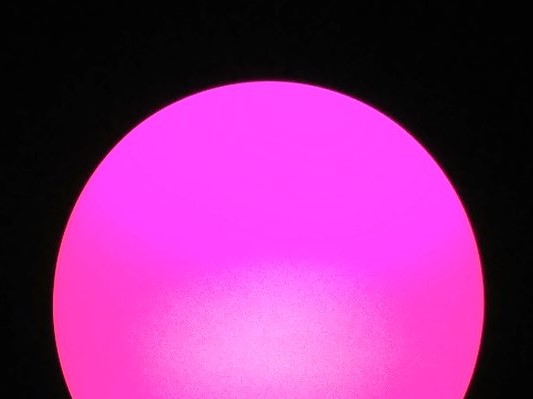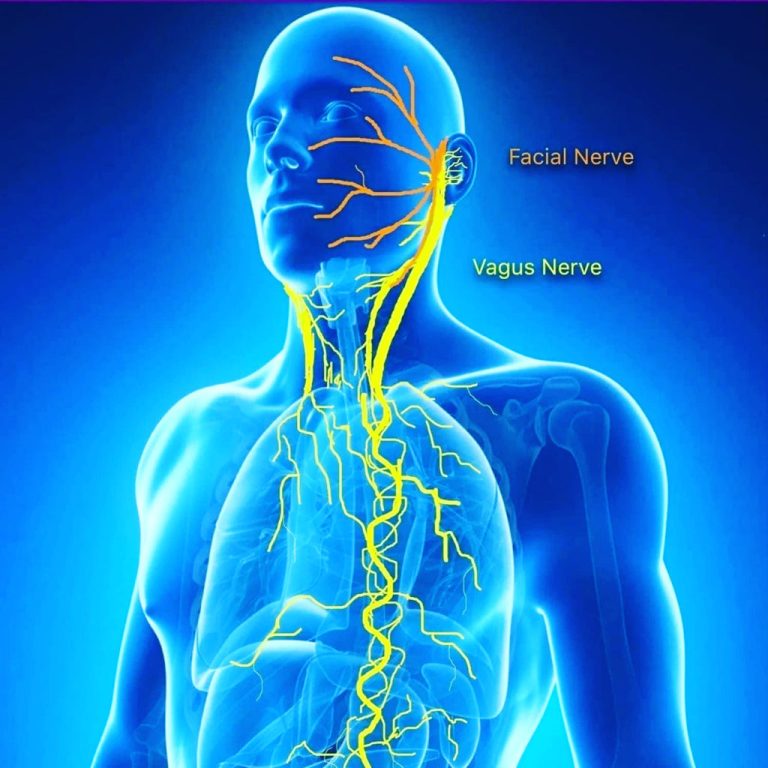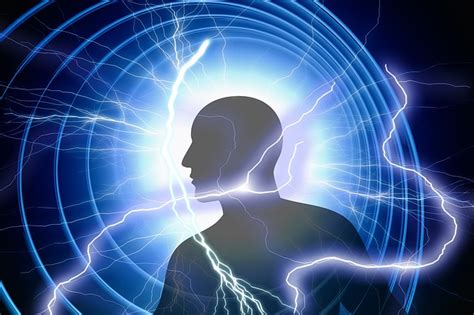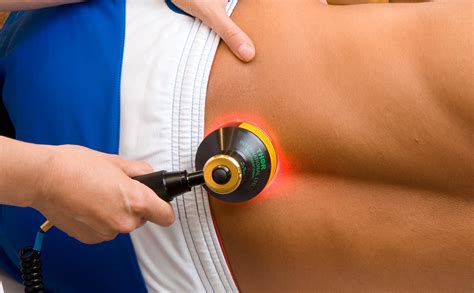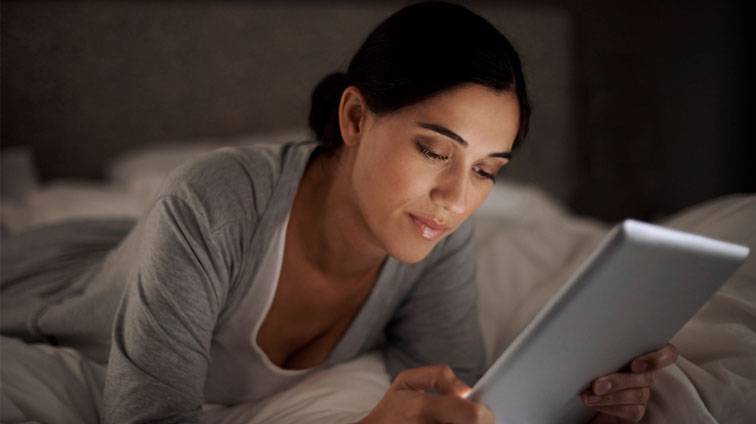Ep. 008 Using Monochromatic Colour Therapy to Beat Depression

Using Monochromatic Colour Therapy to Beat Depression,
with Maniisha Bluntschli
Today’s Guest
Maniisha Bluntschli, creator and host of the Limbic Light Podcast, first used monochromatic light therapy at an exhibitor’s demonstration at an International Light Association conference in Vienna. She was so impressed by the effects it had on her psychologically, that she oathed to purchase a system that she could use for her clients in Australia. She went on to prepare and conduct a research experiment using monochromatic light with the Swedish invented Monocrom Dome to assess what effects this form of therapy could have on men and women who were experiencing some form of mild mental health imbalance. Since this experience she has continued to use the monochromatic light extensively in her clinical practice to help hundreds of clients achieve a quick calm, mental balance and sense of renewed hope and mental resiliency, with ease.
You’ll Learn
- What monochromatic light is and its effects physiologically on the brain.
- Which parts of the brain respond most effectively and beneficially to monochromatic light therapy.
- How the monocrom dome can be used to assist therapists wanting to enhance their other modalities.
Key Notes
- (0:47) The monochromatic light therapy system that Maniisha has used extensively is the Monocrom Dome, invented and created by Swedish inventor, psychologist and architect, Karl Ryberg.
- (1:30) Maniisha explains her first encounter with the monocrom dome device.
- (5:29) Meeting Dr. Mary Ross gave Maniisha help she needed to create a research study for monochromatic light therapy
- (6:10) Monochromatic light is a small narrow band of the electromagnetic spectrum within the visible light range.
- (7:23) Karl Ryberg designed the monochrom dome based on Russian researcher Prof. Tina Karu’s research showing that monochromatic light was the most important element in light to have biological therapeutic and regenerative effects.
- (12:05) Light wavelengths that the eyes get exposed to are very influential for brain. The eyes are an ‘extension’ of the brain tissue.
- (13:10) Maniisha explains her research project design, questions and the assessments used for the monocrom dome study.
- (16:33) One of the assessments used for the study included Dr. Daniel Amen’s 99 question self assessing questionnaire to study the health of five different parts of the brain – the limbic brain, prefrontal cortex, cingulated system, temporal lobe and basal ganglia.
- (21:47) The largest positive results came by tracking the participants’ life changes,
- (28:20) Of all the mood scores, the strongest were improved memory, improved energy
- (29:28) Receptor sites within the brain are triggered by specific monochromatic wavelengths of light.
- (31:25) Results showed 75 percent of participants had brain improvements. Highest beneficial changes occurred for the limbic (emotional) brain.
Listen To Podcast
Links & Resources
Conferences
www.international-light-association.org and www.australasian-light-association.org
Monocrom Dome
www.light-acupuncture.com/monocrom-dome and www.monocrom.se
Article of Monocrom Dome Study
Receive News
Yes, please keep me informed of new news, podcasts, developments in the field of light therapy
